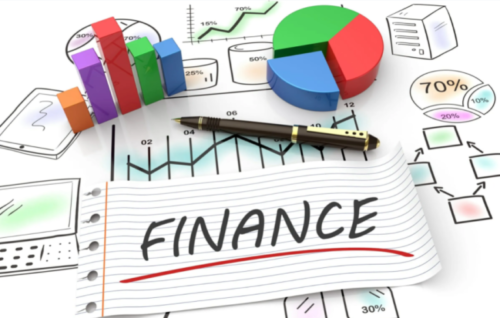FINANCIAL ASSETS AND THEIR VALUATION
Financial assets are instruments that represent a claim on an entity’s assets, income or cash flows. Examples of financial assets include stocks, bonds, mutual funds, exchange-traded funds (ETFs), and derivatives.
Valuing financial assets is important for investors because it helps them determine whether the asset is undervalued, overvalued or fairly priced. There are several methods used to value financial assets, including:
- Market Capitalization: This method values a company based on the current market price of its outstanding shares of stock. The market capitalization is calculated by multiplying the number of shares outstanding by the current market price of each share.
- Discounted Cash Flow (DCF) Analysis: This method estimates the present value of future cash flows generated by the asset. DCF analysis requires an estimation of future cash flows and a discount rate that reflects the time value of money and the asset’s risk.
- Price-to-Earnings (P/E) Ratio: This method compares a company’s stock price to its earnings per share (EPS). The P/E ratio is calculated by dividing the current stock price by the EPS.
- Price-to-Book (P/B) Ratio: This method compares a company’s stock price to its book value per share. The P/B ratio is calculated by dividing the current stock price by the book value per share.
- Yield to Maturity (YTM): This method is used to value bonds and other fixed-income securities. It estimates the total return an investor will receive if the security is held until maturity.
- Option Pricing Model: This method is used to value options and other derivatives. It estimates the fair value of the option based on the underlying asset’s price, the option’s strike price, time to expiration, volatility, and interest rates.
Overall, the appropriate method to use for valuing a financial asset depends on the specific asset and the investor’s goals and risk tolerance. It is important for investors to carefully consider the underlying factors that contribute to the asset’s value before making investment decisions


